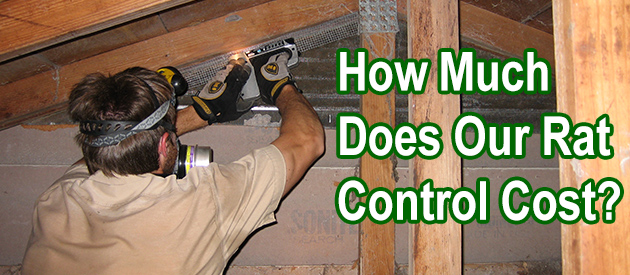The best rat removal company in Washington DC, DC is Attic Rat, Inc. This is because Attic Rat is not a traditional pest control company or exterminator. They are an animal removal company that specializes in rodent control. Rats and mice are not like insects, but most Washington DC pest control companies treat rodents like insects - they use poison. Poison is a stupid and even harmful way to treat a rodent infestation. Poison will never kill all the rats, and the process is never-ending, with never ending invoices. Attic Rat does rat removal the correct way, with PERMANENT results in as little as a week. Once you hire them, you'll never have to see them again. See their year 2021 prices below. This is the process:
- Inspection of the entire house, in the attic and top to bottom, including roof
- Identification of all rat entry holes, and sealing them shut with steel repairs
- Trapping and removal of 100% of the rats inside the home or building
- Cleanup of rat feces and odor, and repair of rat damage such as chewed wires


